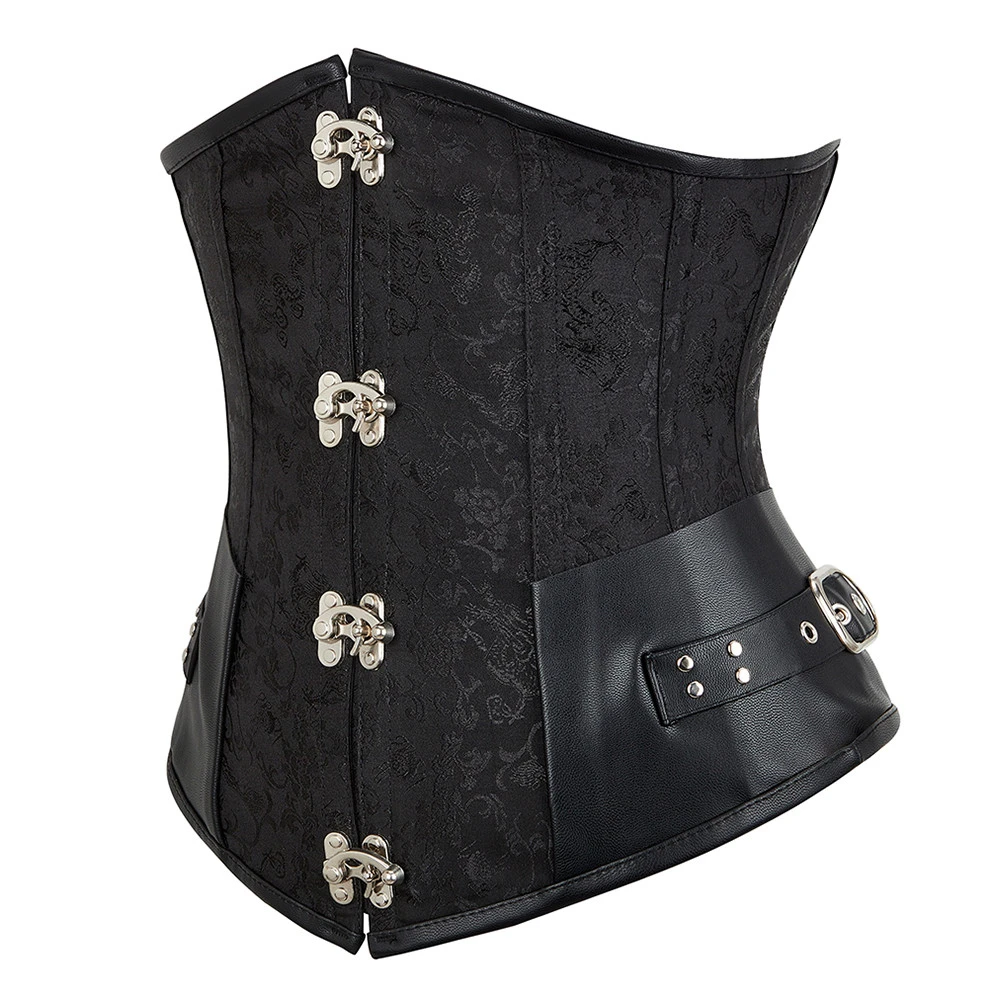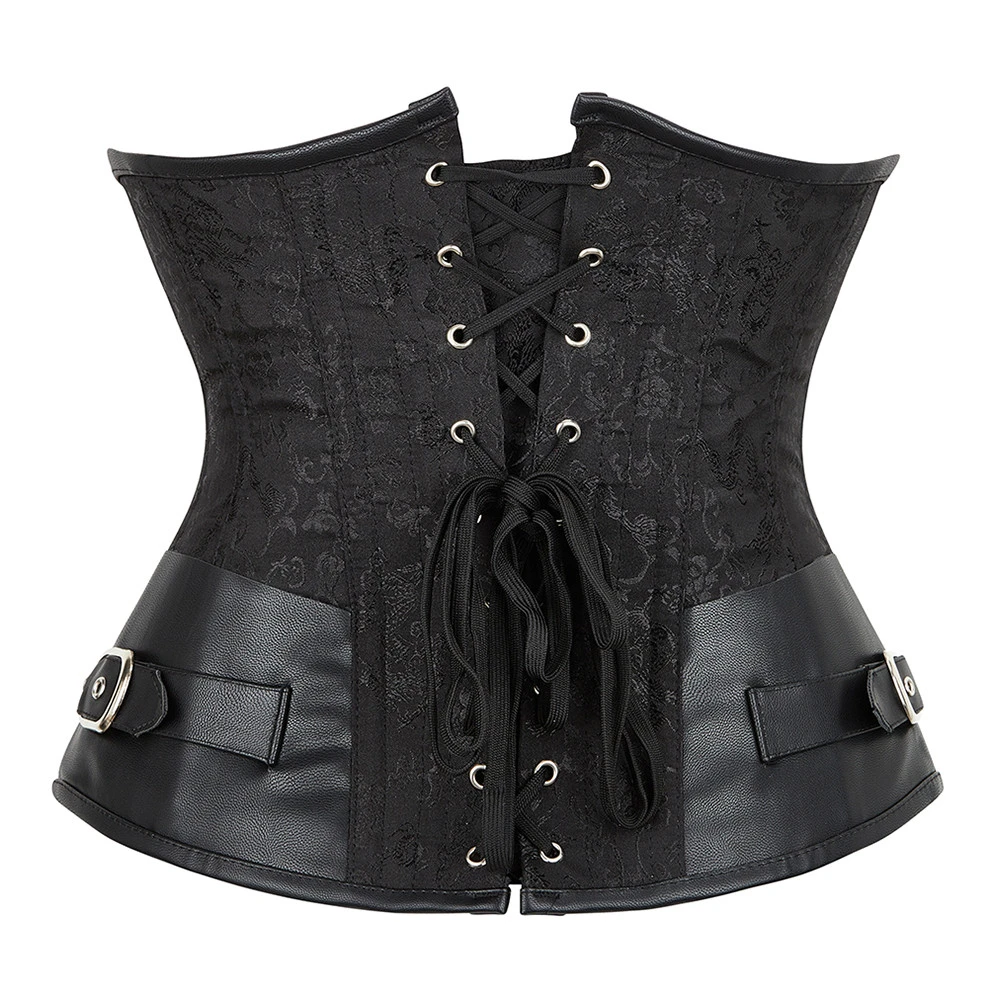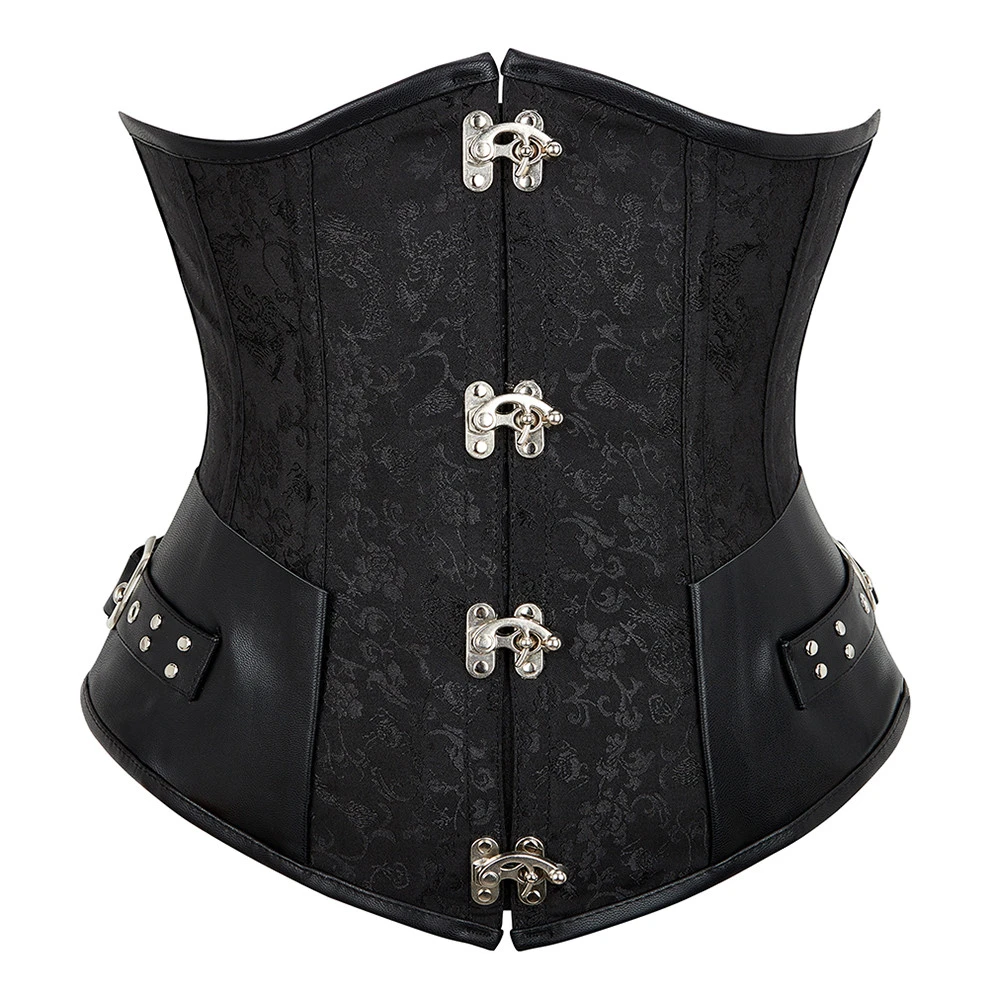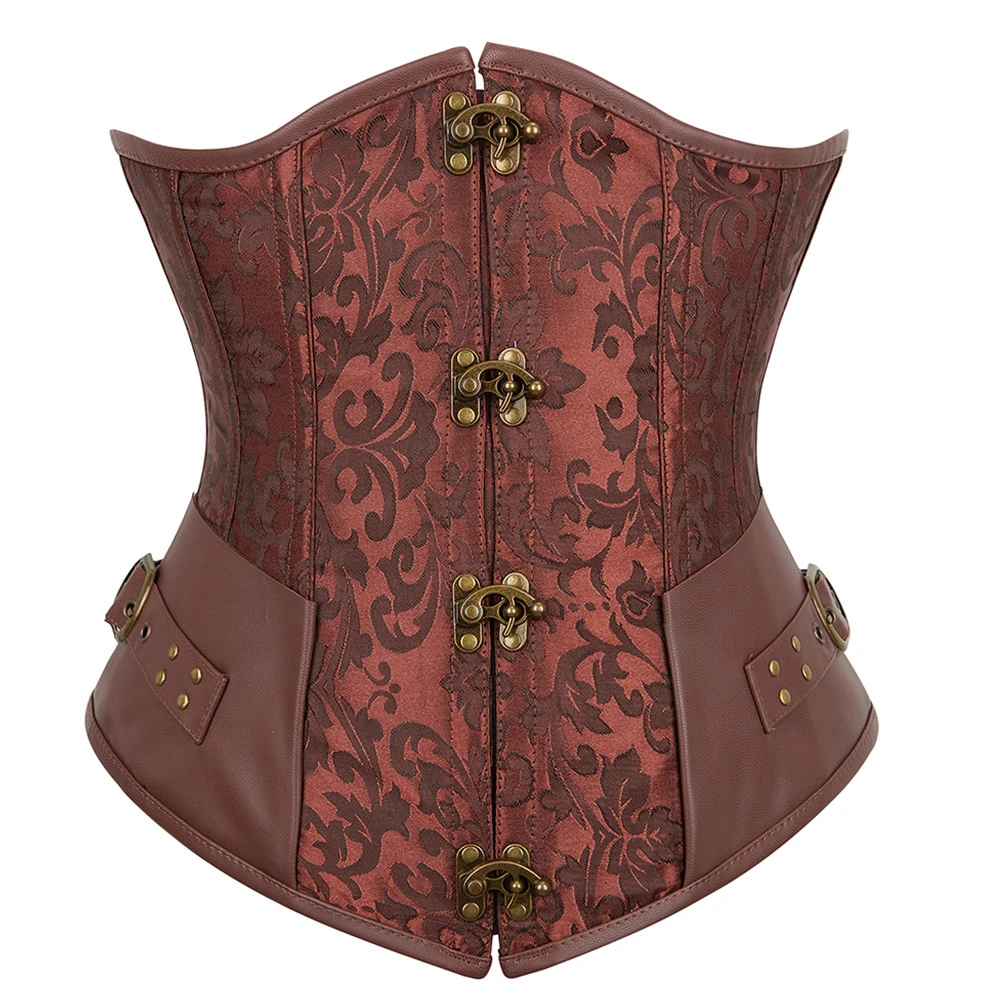The Origin and Evolution of Corsets
What is a corset? The story of corsets stretches back centuries. This garment has changed shape and function as society has evolved. Starting as simple bodices in medieval times, corsets grew into elaborate pieces in the Victorian era. Women wore them to mold their bodies into desired silhouettes. Over the years, these figures have included the cinched waists of the 1800s to the looser fits of the 1920s.

From Ancient Times to Modern Day
People first used corsets for supporting posture and changing the body’s shape. Contrary to popular belief, corsets were not just for women. In fact, both men and women in ancient civilizations wore them. In the 16th century, corsets became a staple in women’s fashion in Europe. They used materials such as cotton, silk, and satin reinforced with bone or ivory. Modern corsets still serve similar purposes. They also often act as bold fashion statements. From the corset’s use in period dramas to its revival in modern-day fashion, the garment has truly stood the test of time.
‘Today, the corset is both a symbol of historical dress and a current fashion trend. With the rise of vintage fashion, what is a corset has become a question with many answers. It’s a support garment, a waist trainer, and an aesthetic accessory rolled into one. Adapting with the times, corsets now come in various designs and materials. These range from traditional lace-ups to those with modern fastenings, ensuring that there is a corset for every occasion and style preference.
Core Functions of a Corset
Corsets serve various core functions that have evolved over time. Today, we delve into three key areas where corsets play an integral role.
Waist Reduction and Body Shaping
Corsets are famous for their ability to reduce waist size and sculpt the body. When you ask ‘what is a corset,’ think of it as a tool that compresses the torso. It creates an hourglass figure that many find desirable. The tight lacing pulls in the waist and redistributes flesh to accentuate curves.
Posture Support and Enhancement
Aside from shaping the body, corsets offer significant posture support. They encourage an upright stance and prevent slouching. This benefit is not just aesthetic; it also promotes better breathing and can alleviate some back issues.
Fashion and Aesthetic Appeal
The aesthetic appeal of corsets is undeniable. They have become a significant trend in fashion. Corsets add structure to outfits and can act as statement pieces. Whether worn over clothing or under, they provide a unique touch to personal style.
Different Types of Corsets and Their Features
When exploring what is a corset, it’s essential to understand that not all corsets are alike. There are different types, each with unique features catering to various needs and preferences. The materials, construction, and style determine their function and aesthetic appeal. Let’s break down the common types of corsets and what makes them distinct.
Overbust and Underbust Corsets
The overbust corset covers the chest and extends down, usually ending at the hips. It can act as a top on its own or be layered over clothes. Overbust corsets offer bust support and create a smooth line from the torso to the waist.
In contrast, underbust corsets begin just under the bust and end around the hip area. They focus on waist reduction and are often worn over a top or dress. Underbust corsets are more versatile and can be easier to wear since they don’t restrict the chest.
Steel Boned and Waist Training Corsets
Steel boned corsets are constructed with steel bones for durability and strength. They’re ideal for those looking to achieve significant waist reduction. These corsets are a key choice for waist training, a process to permanently alter the waist’s shape.
Waist training corsets are specifically designed for long-term wear and gradual waist reduction. They often have steel bones and tighter lacing to ensure a snug fit and consistent shaping over time.
Custom-Fit and Off-the-Rack Options
Custom-fit corsets are tailored to the wearer’s exact measurements, offering a perfect fit. They’re a great choice for those who require specific sizing or who want a garment for a special occasion.
Off-the-rack corsets are pre-made in standard sizes. They are more accessible and budget-friendly. While they may not offer the precise fit of a custom corset, many find them comfortable and suitable for casual wear or those new to corsetry.
How to Choose the Right Corset
Choosing the right corset can seem daunting, but it’s all about understanding your body and the effect you wish to achieve. To navigate this decision, follow these essential points to find your perfect match.
Understanding Your Body Type and Desired Effect
When wondering ‘what is a corset’ for you, the first step is to assess your body shape. Are you looking to enhance your natural curves or create a more dramatic hourglass figure? Your body type will determine the style that best suits you.
For instance, pear-shaped individuals may benefit from an overbust corset that draws attention to the waist. Conversely, apple-shaped folks might prefer an underbust corset to trim the midsection without compressing the chest. Hourglass figures often have more options as most corset styles will complement their shape.
The desired effect is also crucial. If you’re aiming for waist reduction, a steel boned or waist training corset should be your go-to. If it’s predominantly for fashion or occasional wear, an off-the-rack option could suffice.

The Importance of Material and Construction
The material and construction of a corset are fundamental to its fit, comfort, and effectiveness. For durability and strength, look for a corset with steel boning. These are essential for waist training and regular wear.
Comfort is vital, so choose materials that feel good on your skin. Cotton lining is breathable and gentle, while silk and satin are luxurious and smooth. Consider the outer material too, as it can impact how the corset looks under clothing.
Pay attention to construction details. High-quality stitching, secure grommets for laces, and a robust busk are all indicators of a well-made corset that will stand the test of time.
By considering these factors – body type, desired effect, material, and construction – you can identify what is a corset that’s ideal for your needs. Remember to take your time, do your research, and always prioritize fit and comfort over style.
Wearing a Corset Safely and Comfortably
It’s vital to wear a corset safely to enjoy its benefits without discomfort. Here’s how.
Proper Fitting and Lacing Techniques
When learning what is a corset and how to wear it, proper fit is key. Begin by choosing the right size. It should feel snug, but not too tight. Lacing your corset correctly is also crucial. Start from the top and work your way to the bottom, pulling evenly. Make sure that the laces are tight enough to hold the corset in place, but still allow for comfort and full breaths. Wear something light, like a cotton tank top, beneath your corset to protect your skin and the garment.
Gradual Tightening for Waist Training
For those using a corset for waist training, start slowly. Tighten the corset just enough to feel a gentle hug around your waist. Each time you wear it, you can lace it a bit tighter, allowing your body to adjust gradually. Don’t rush the process; patience is essential for safe and effective waist training. Listen to your body — if you feel any pain or discomfort, loosen the laces and give your body a break. Remember, the goal is to shape your waist without compromising your health or comfort.
The Cultural Significance of Corsets
Corsets have a rich cultural history and continue to carry societal weight.
Historical Perspectives and Modern Empowerment
The corset’s journey reflects changing social norms and empowerment.
Historically, corsets symbolized both oppression and privilege. They indicated a societal expectation for women to conform to certain body standards. At the same time, they represented a status symbol, only accessible to the elite who could afford such garments. This dual significance has made the corset a complex historical artifact.
Today, the narrative around ‘what is a corset’ has shifted. Corsets embody personal choice and freedom of expression. In modern fashion, wearing a corset can be a statement of empowerment, self-control, and body positivity. They are tools that allow individuals to reshape their appearance on their own terms, breaking away from traditional constraints.
Moreover, the corset has become a symbol in popular media. It often represents a connection to history and a reclaimed sense of agency. Characters in film and television wearing corsets are frequently portrayed challenging historical norms and asserting their will, thus highlighting the garment’s empowering potential.
Looking at corsets through the lens of modern empowerment also concerns body diversity. Today’s corset wearers come in all shapes and sizes. They demonstrate that beauty standards are not one-size-fits-all and that everyone has the right to feel confident and fashionable.
In summary, while corsets have a complicated past, they now serve as a vessel for self-expression and empowerment. When answering ‘what is a corset,’ one can also consider it a testament to the evolution of fashion as an empowering tool.
Caring for and Maintaining Your Corset
Proper care is crucial when answering ‘what is a corset’ in terms of longevity. Like any investment piece, corsets require specific cleaning, storage, and maintenance routines to ensure they last and remain beautiful. Here are simple, effective strategies to keep your corset in top condition.
Cleaning, Storing, and Ensuring Longevity
Clean your corset with care. Hand wash it gently using mild soap. Avoid machine washing as it can damage the material and boning. Dry it by laying it flat on a towel, away from direct heat or sunlight to maintain its shape and prevent warping.
Store your corset properly to avoid damage. Hang it over a hanger by the laces or store it flat. Don’t roll it up, as this can crease the fabric and bend the boning. If possible, keep it in a breathable cotton bag for extra protection.

Regular maintenance is key for longevity. Check for any loose threads or wear and address them quickly. If a steel bone bends, a corsetiere can often repair it. Remember to give your corset time to rest and ‘breathe’ between wears. This relaxes the fibers and extends its life.
By following these simple steps, your corset will remain functional and beautiful for years. Treat it well and it will offer the same support, waist reduction, and fashion statement potential as day one.
